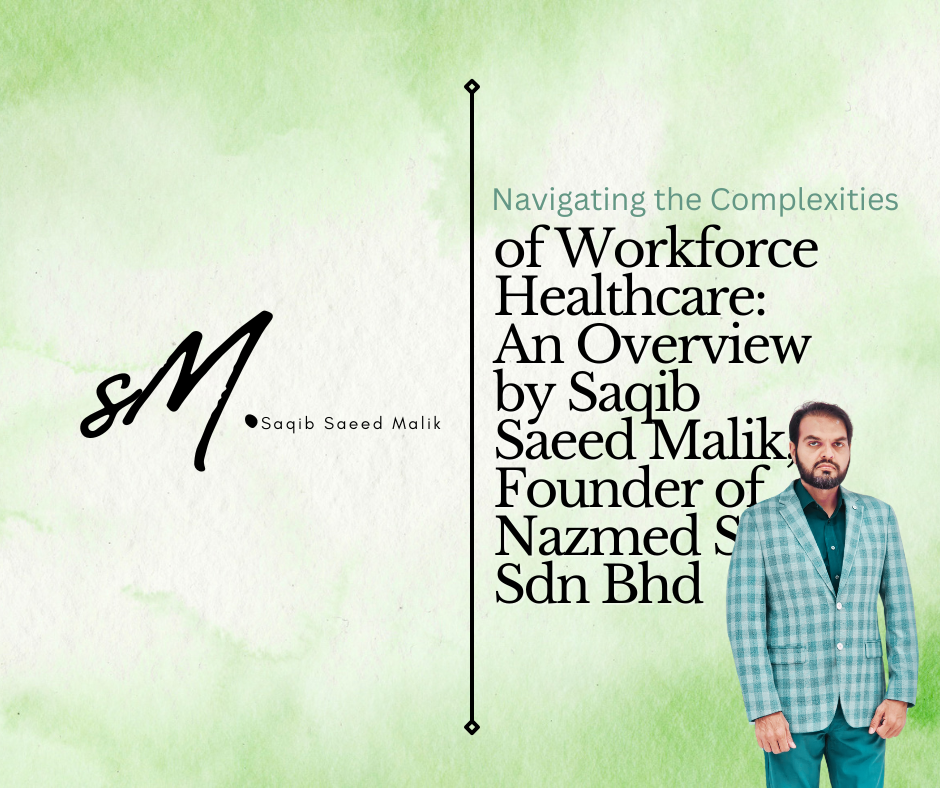Introduction
The landscape of workforce healthcare is ever-evolving, shaped by technological advancements, shifting policies, and changing employee expectations. Businesses face a myriad of challenges as they strive to provide comprehensive healthcare solutions that not only meet regulatory standards but also promote employee well-being and productivity. This blog explores the fundamental complexities of workforce healthcare, laying the groundwork for a deeper understanding of the issues at play.
Understanding Workforce Healthcare
Workforce healthcare encompasses a range of services and benefits aimed at improving the health and well-being of employees. This includes everything from health insurance plans and wellness programs to occupational health services and mental health support. The primary challenge for organizations is to design and implement healthcare strategies that are both cost-effective and comprehensive.
Regulatory Compliance
One of the major challenges in workforce healthcare is navigating the complex regulatory environment. Organizations must comply with a myriad of regulations, including the Affordable Care Act (ACA), the Health Insurance Portability and Accountability Act (HIPAA), and various state-specific laws. Staying abreast of these regulations and ensuring compliance can be a daunting task, particularly for small to medium-sized enterprises (SMEs) that lack dedicated compliance teams.
Cost Management
Healthcare costs are a significant burden for many organizations. Rising premiums, high deductibles, and out-of-pocket expenses can strain company finances. Employers must balance the need to offer competitive healthcare benefits with the necessity of controlling costs. This often involves negotiating with insurance providers, exploring alternative benefit models, and implementing wellness programs designed to reduce overall healthcare expenses.
Employee Expectations and Engagement
In today’s competitive job market, employees expect more from their employers in terms of healthcare benefits. They seek comprehensive coverage, including mental health support, preventive care, and flexible healthcare options. Engaging employees and meeting their diverse healthcare needs requires a strategic approach that considers both individual preferences and organizational capabilities.
Technology Integration
The integration of technology into workforce healthcare is both a challenge and an opportunity. While digital health tools and telemedicine services offer innovative solutions, they also require significant investment and integration into existing systems. Organizations must navigate issues related to data security, interoperability, and user adoption to fully leverage the benefits of technology in healthcare.
Conclusion
Navigating the complexities of workforce healthcare requires a multifaceted approach that addresses regulatory compliance, cost management, employee expectations, and technological integration. By understanding these challenges and developing effective strategies, organizations can create a healthcare environment that supports both employee well-being and organizational success.

